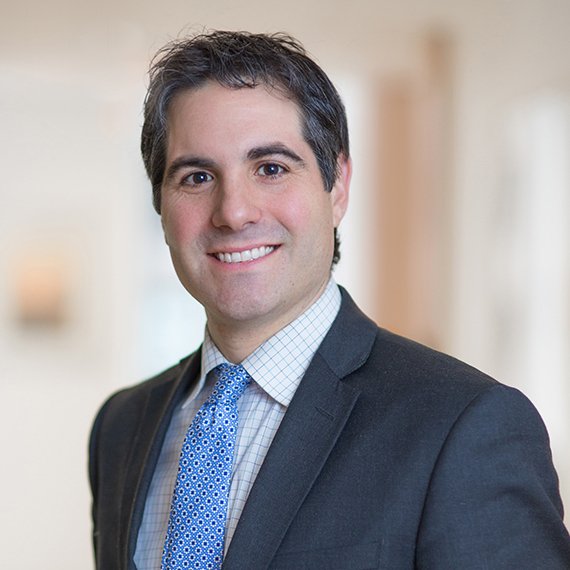
On March 24th and 25th, 58 heads of state will gather in The Hague for theNuclear Security Summit 2014, a continuation of the first high-level international effort to prevent nuclear terrorism. Previous summits were held in Washington, in 2010, and Seoul, in 2012.
President Obama, in announcing this initiative in 2009, observed that “in a strange turn of history, the threat of global nuclear war has gone down, but the risk of a nuclear attack has gone up.” We know terrorist organizations have sought to acquire a nuclear device, and over the past few years we’ve seen incidents of smuggling, theft, or loss of nuclear or radiological material in countries ranging from Moldova to India, South Africa to Japan, Armenia to Mexico. The underlying logic of the Nuclear Security Summit process is straightforward enough: to prevent nuclear terrorism, we must lock down the material required to produce a nuclear device.
Behind this simple logic lies a task of enormous complexity. Over 25 countries have highly enriched uranium (HEU) or plutonium that could potentially be used to build tens of thousands of nuclear devices. A small amount of HEU in the wrong hands could be catastrophic, since an organization that acquired even a hundred pounds of the stuff would be most of the way toward a rudimentary bomb. In 1945, Manhattan Project scientists were so confident that their simply designed, Hiroshima-destined “gun-type” device would work that they didn’t even feel the need to test it.
The 2014 Summit, for the first time, places serious emphasis on the risk that radioactive material could be used in a so-called “dirty bomb,” or radiological dispersal device. Dirty bombs do not produce a nuclear explosion, instead spreading radioactivity with conventional explosives, but would sow panic and could lead to devastating second order consequences. Since radiological materials are used in medicine, mining, and other industries, dozens of nations possesses the materials that could be used in a dirty bomb.
The Nuclear Security Summit process has enjoyed some notable success, but important work remains unfinished. A key challenge is to address the so-called “patchwork problem.” Rather than a cohesive and legally binding set of measures, the multinational nuclear security governance structure is often voluntary, nonbinding, and underfunded. Many states don’t take the threat seriously, and even those that do, such as the United States, don’t always prioritize nuclear security funding. In the most recent example, the administration’s latest budget reduced funding to prevent nuclear terrorism by 18 percent, even as it boosted funding for nuclear weapons by 7 percent.
Since the Corporation’s pioneering work on threat reduction at the end of the Cold War, Corporation grantees have remained on the cutting edge of efforts to prevent nuclear terrorism, providing clear analysis and creative solutions. We now draw toward the end of a Nuclear Security Summit process, which culminates in Washington in 2016. The international focus on these issues provides a window to establish stronger rules and norms. When it comes to a threat such as nuclear terrorism, the stakes are too high to accept the precarious status quo.
From now through the Summit, which runs March 24-25, check out live tweets from The Hague.
- Press Releases


